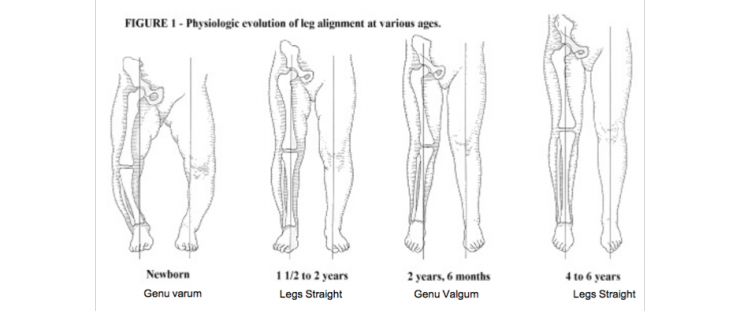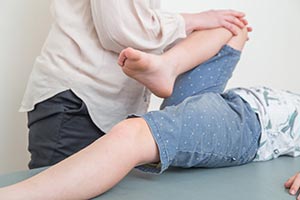Blog

Mar 6, 2017, 9:41 PM
The flat foot is one of the most common presentations to health professionals. It is also one of the most controversial treatment. More often than not, while these children may have a slightly flatter foot, they will rarely complain of any pain and can be highly active kids. So the question remains, if we do treat, what exactly are we treating?

Jan 14, 2017, 1:43 PM
Are you an Henny Penny (aka The SKY IS FALLING), a Lenny Layback or Malcolm in the Middle when it comes to your treatment style?

Nov 25, 2016, 7:39 AM
By Antoni Caserta
Picking up a leg length discrepancy during assessment isn’t uncommon in a consultation but what should we do about it?

Aug 18, 2016, 9:26 AM
Bow legs is a common complaint seen by podiatrist. It is often when a child begins to stand and walk, that the appearance of their legs triggers parental concern. But how much is too much and what can Podiatrists do?

Jul 22, 2016, 7:19 AM
This would be one of those common scenarios that pops up almost daily:
A parent attends with their 7 year old child for your opinion. The child looks bored and before you get a chance the chat with the child and work out what is going on, the parents kills the mood by pointing out “the deformity” that is their child’s feet. The poor child is looking at mum or dad completely confused at the situation because they are the fastest kid in the class and when at swimming classes they think everyone’s feet look the same?
Log into the members area for more......

Jun 27, 2016, 10:30 PM
Lack of ankle dorsiflexion often presents clinically as an altered gait pattern with an early heel lift (bouncy gait). The accurate measurement of available ankle range of motion is an important part of clinical decision making when considering starting treatment for any number of lower limb musculoskeletal conditions.

May 16, 2016, 10:00 PM
Developmental milestones are always a good place to start to understand this transition of skills. The World Health Organization gives guidance for consideration of windows of achievement. As clinicians, we can simply compare the child’s performance to the windows of achievement and ask “what milestones should a child of this age have reached by now?" (Simone Cranage)

Mar 3, 2016, 10:17 PM
By Simone Cranage
As clinicians we often see the new walkers that often come with the parental concern that “they look awkward, clumsy or unsteady on their feet and they fall over a lot”
As a baby becomes confident in their crawling they are learning to move around the environment on their own and are developing a sense of independence.

Mar 3, 2016, 9:15 PM
Obesity is often thought to be a major risk factor in common childhood diseases such as Blount’s Disease and Slipped Upper Femoral Epiphysis (also known as a (SUFE). The Nationwide Children’s Hospital in Ohio recently published about the impact of obesity in children with the association between high BMI and malalignment of the knee.
Physiotherapy (physical therapy) or podiatry students aspiring to work with children are often advised to follow evidence based practice, and shy away from over treatment.

Jan 22, 2016, 5:41 PM
In typically developing children, there often can be some degree of hypermobility that doesn’t cause pain, motor delay or reduced participation in activity(1). But Benign Joint Hypermobility Syndrome (BJHS) can account for over 25% of all referrals to Paediatric Rheumatoloty clinics(3).
- ← Previous
- 1
- 2 (current)
- Next →
